Architectural lighting of facades of buildings is widely used in foreign countries. However, fashion highlights residential buildings recently appeared on our territory. Initially, various hotels, business centers, temples, shopping centers and administrative buildings began to highlight. Now many people began to draw the illumination of the facades with their own hands, in order to show their style and stand out among many similar houses. In this article, we decided to tell you what types of architectural lighting, requirements and installation methods.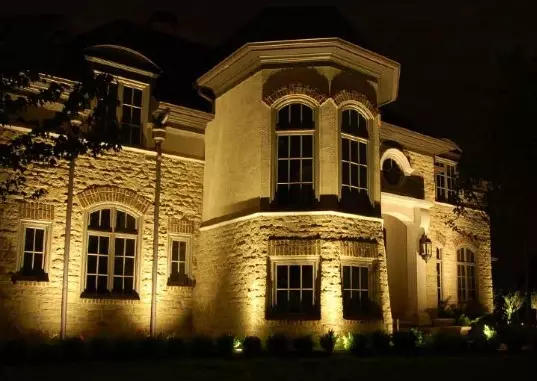
What are the types of architectural lighting
Initially, I want to start with what types of lighting facades exist. We do this in order for you to determine the best option for yourself. In fact, ways to illuminate houses can now be called a huge amount, everything is limited only by fantasy. However, from the main species can be allocated:
Local backlight
Such lighting is suitable for people who live in the private sector. Lanterns in this case are installed from below or at the top of the construction. The task of lighting is to hide the possible defects or show the features of the house.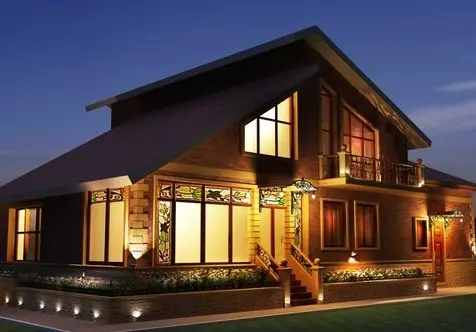
Filling light
This option cannot be used for private houses, because light from the lanterns will shine all over the perimeter. Therefore, no one can sleep, and let's say honestly, it is this version of the backlight that will not always show the house with the best side. It is suitable for administrative buildings, monuments and other important objects.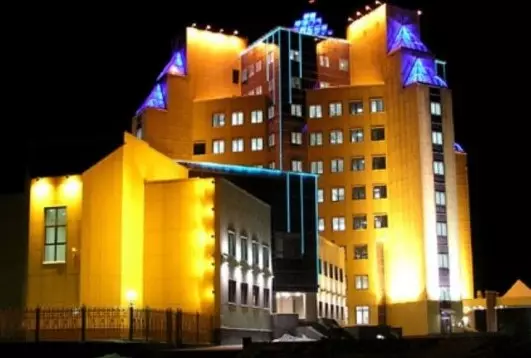
Hidden lighting
Hidden lighting of houses can be called specific, but it is it bright and unusual. Plus, this light can be done alone. Such lighting can be divided into three types:
- Silhouette of buildings. To do this, you can use conventional point lamps.
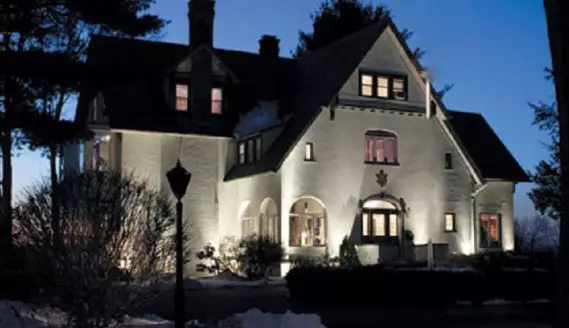
- Contour illumination. It can be organized using a conventional LED tape by 220 volts. To install it on the building, read the article: How to connect a 220 volt LED tape.
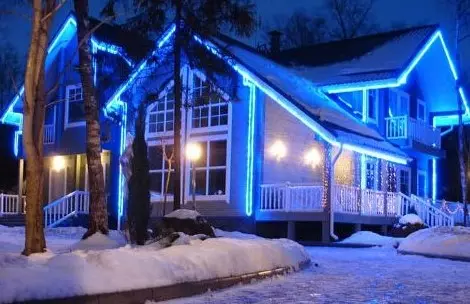
- Colorodynamic. Here you can turn on several colors at once, but it is not entirely logical to use the lighting of this type. It is better to include only for the holidays.
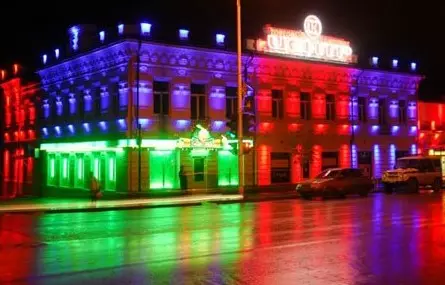
Article on the topic: Box under potatoes on the balcony
The easiest way is to make inexpensive architectural lighting of the house with a LED tape from 220 volts. This option is available to each person, and the cost of such a tape is kept at a low level. The main thing is to think about how to fix it. Also, for this option, it is not necessary to make calculations on the lighting, which we will talk about below.
Lamps for architectural illumination
Now we will tell you how to choose the right lamps for facade lighting. Now they are presented to them:- The degree of protection should not be less IP
- Lighting devices must be economical.
- Try to choose reliable lighting devices, because they can be accidentally hooed on the street.
- During operation there should be no problems. That is, if constantly burns out or does not withstand the mount - replace immediately.
- Brightness must be medium. Do not do too bright or dull, it will all look bad as a result.
Remember! It is necessary to soberly evaluate your strength if it is difficult for you to make a backlight, then the best does not do it at all. If you do bad, it will look awful, all of this you should understand.
Architectural lighting of facades: design
Do not forget that professional designers make such a backlight. Of course, you can do everything yourself, for this you need to use programs for designing lighting. With the help of them you can make the facade of the building and lighting on them. See photo example that make design programs: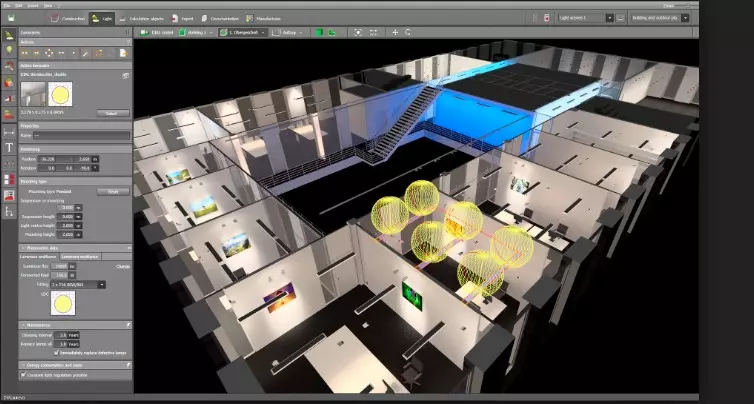
We recommend to see now this video that will tell you how to perform the installation.
And do not forget to read the article about: how to install lamps on the street.
